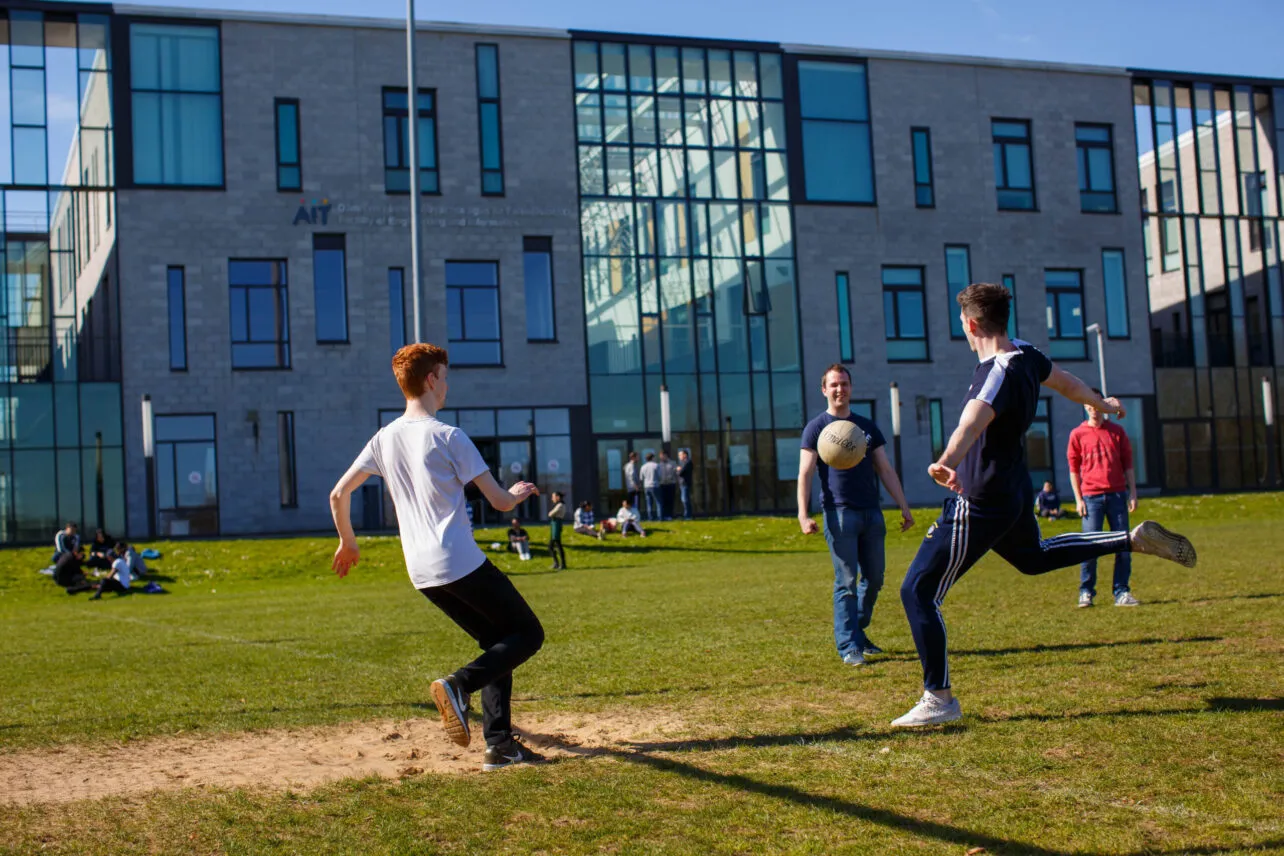Physical activity levels in children and teenagers across Ireland and Northern Ireland have improved slightly over the past eight years but not all children and teens have an equal chance to be active, a new Active Healthy Kids Report Card has found.
In research involving the Technological University of the Shannon, the Ireland North and South Report Card on Physical Activity for Children and Adolescents has found a slight improvement in overall physical activity levels across the island of Ireland since 2016 but has also identified a number of inequalities.
The Report Card was produced as part of the Active Healthy Kids Global Alliance, established in 2014 to create a world of active healthy kids. Close to 70 countries have signed up and taken part in the global alliance to date.
Ireland’s 2022 Report Card, which is the third report of its kind for Ireland and Northern Ireland and provides a grade across eleven indicators for physical activity among children and teenagers, had significant involvement from TUS researchers in the SHE research group within the Department of Sport and Health Sciences in Athlone.
Under the initiative the cards are generated using a standardised grading system, with grades from A for succeeding with a large majority of children to F for succeeding with few children.
Physical Activity
The 2022 Report Card provides a grade across eleven indicators for physical activity among children and teenagers. Across Ireland, it is recommended that children and adolescents, aged six-17 years, attain on average 60 minutes per day of moderate-to-vigorous intensity physical activity throughout the week.
On evaluating data, the team of investigators awarded a C minus grade for overall physical activity, representing a slight improvement on the D grade awarded in 2016, while other indicators remained unchanged.
The team of investigators – from Technological University of the Shannon, Ulster University, Institute of Public Health, Dublin City University, Munster Technological University, University of Limerick, University College Cork, University of Strathclyde, and University of Eastern Finland – also found evidence of inequalities across a range of indicators with disability, gender, social economic status and age all impacting on physical activity levels.
Peer Support
For the first time, the report card analysed data on physical activity among children and adolescents with disabilities, showing that children with disabilities required more family and peer support to be physically active compared to the general population.
There were also differences by gender, with more males meeting the guidelines than females, with younger children more likely to meet the guidelines than adolescents. Those from lower socioeconomic status (SES) backgrounds also meet the guidelines less often.
The report made several recommendations, including the need for a framework for the systematic surveillance of indicators related to physical activity for children and teens with disabilities.
Commenting on the findings, Dr Kieran O’Dowd, researcher in exercise and health at the Technological University of the Shannon, said, “Although there appear to be some improvements in certain areas, it is critical that policy makers, public health organisations, researchers and practitioners continue to target the inequalities in physical activity participation, specifically gender, socioeconomic level and children with disabilities. We have been aware of these inequalities for a very long time now, but they continue to persist, with little ground being made in reducing these inequalities.”
The North South Report Card was funded by the Public Health Agency, Department of Health and Healthy Ireland, Sport Northern Ireland, Sport Ireland, and the Institute of Public Health.


